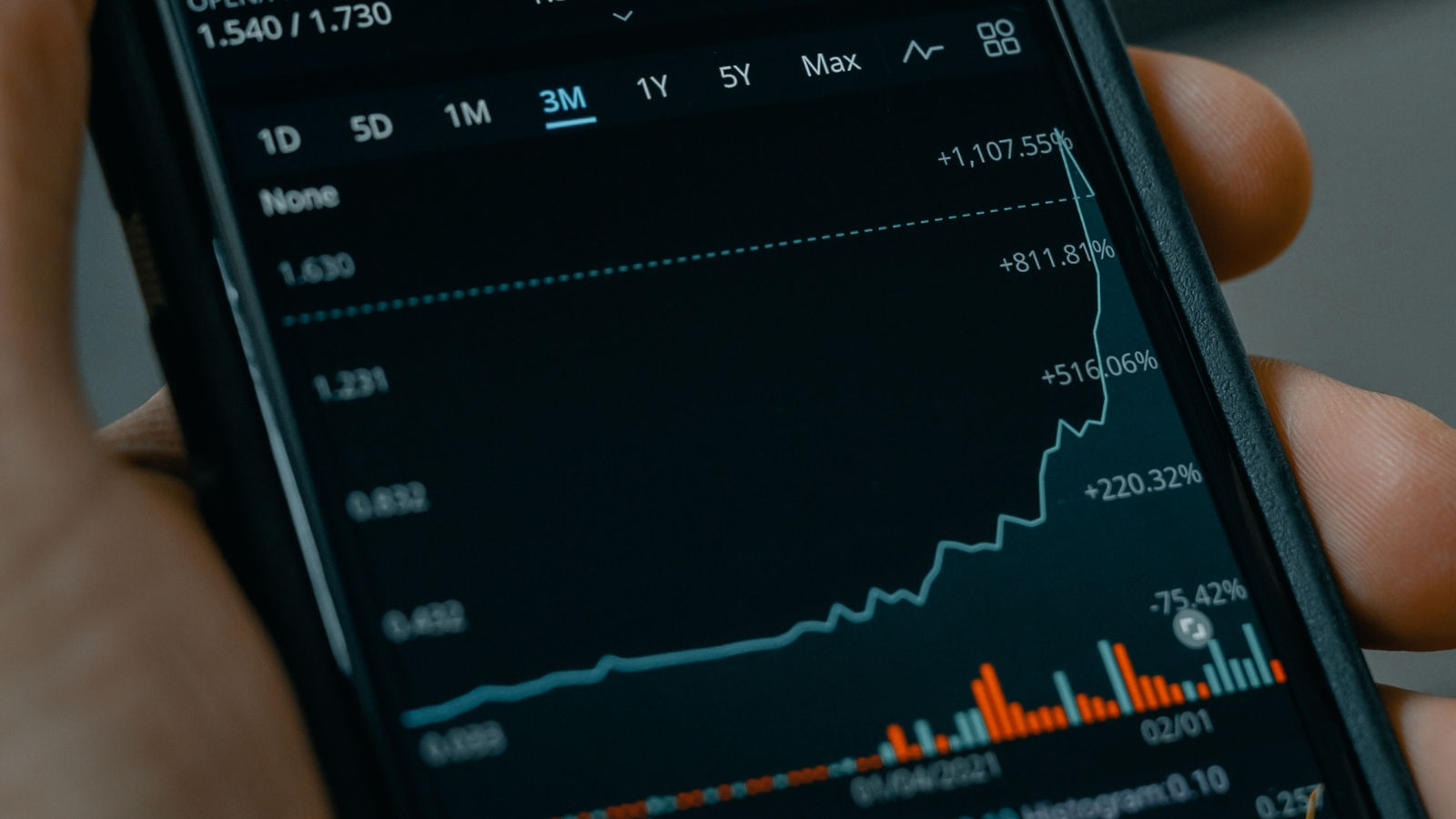
The summer update of the European construction market outlook was presented at the 91st EUROCONSTRUCT-Streaming-Conference, hosted by the Austrian Institute of Economic Research (WIFO). It was broadcasted from Vienna on June 10 – 11 2021. The forecasts were presented to over 250 registered participants from 21 countries from construction and related industries. The event showed clearly that everything points to a strong upturn in the construction industry in 2021.
The recovery of the European construction industry is proceeding faster than initially expected. The more favourable forecasts are closely linked to the new assessment for the year 2020. The latest data show that the decline in construction volume in the 19 EUROCONSTRUCT countries, at a rate of -5.1% in 2020, was much smaller than assumed in the last forecast (November 2020). At that time, a decline of 7.7% was expected in 2020. Although construction output improved by 2.7 percentage points in 2020, growth expectations for 2021 remain high at a rate of 3.8% (November 2020: +4.1%). Therefore, it is expected that a large part of the losses due to the Corona pandemic can be recovered in 2021 and pre-crisis levels could possibly be reached by the end of 2002.
Although the past year 2020 brought drastic declines in total construction output in almost all EC countries, the crisis led to strong regional distortions in European construction. In particular, France, Ireland, Spain, the United Kingdom, Hungary and Slovakia recorded high single-digit or even double-digit declines. The construction industry in the Nordic countries proved more resilient to the pandemic, with positive growth rates in several countries (Denmark, Finland, Sweden). This contrasts with a negative growth trend in the Eastern European countries, with the Czech Republic and Poland coming off somewhat more lightly. In Continental and Southern Europe, the picture is very heterogeneous. While construction output slumped in France, growth in Germany was only just below zero, as was the case in Switzerland. Moderate declines were recorded in Austria and Belgium. Portugal was also able to decouple itself from the negative momentum in neighbouring Spain. In the Anglo-Saxon countries, there was a very significant slump overall in 2020.
Nevertheless, the (almost) unanimous negative growth rates of the construction industry in the Euroconstruct countries in 2020 should not obscure the fact that the recovery paths are very different. It is by no means the case that stronger losses in 2020 will automatically be compensated for in 2021. This is particularly clear in the case of Ireland, Hungary, Slovakia, Spain and France, which suffered very high declines in total construction output in 2020 and will only be able to compensate for part of this in 2021. Ireland and Hungary even expect further declines in 2021. The situation is reversed in Portugal and the Northern European countries (Denmark, Finland, Sweden and Norway): after very robust results in 2020, there should be further increases in 2021.
ABOUT THE AUTHOR
Michael Klien
WIFO - Austrian Institute of Economic Research
Michael Klien is senior researcher at the Austrian Institute for Economic Research (WIFO). He completed his master's and doctorate studies at the Vienna University of Economics and Business Administration and then worked as a postdoc at the IAE de Paris, Sorbonne Graduate Business School. In his function as construction and housing expert, Michael is the Austrian representative in the EUROCONSTRUCT network. His research centers on the organization and performance of public services, ranging from public economics, political economy, organizational studies to institutional and industrial economics.
From a sectoral perspective, civil engineering, which has already shown significantly above-average growth momentum in recent years, has the most promising growth prospects in the years up to 2023. Non-residential construction, which was hit hardest by the crisis, shows a relatively weak recovery path in the coming years. Residential construction, on the other hand, will continue to deliver stable growth rates, but the pace of growth will slow noticeably after 2021.
ABOUT THE AUTHOR
Michael Klien
WIFO - Austrian Institute of Economic Research
Michael Klien is senior researcher at the Austrian Institute for Economic Research (WIFO). He completed his master's and doctorate studies at the Vienna University of Economics and Business Administration and then worked as a postdoc at the IAE de Paris, Sorbonne Graduate Business School. In his function as construction and housing expert, Michael is the Austrian representative in the EUROCONSTRUCT network. His research centers on the organization and performance of public services, ranging from public economics, political economy, organizational studies to institutional and industrial economics.
